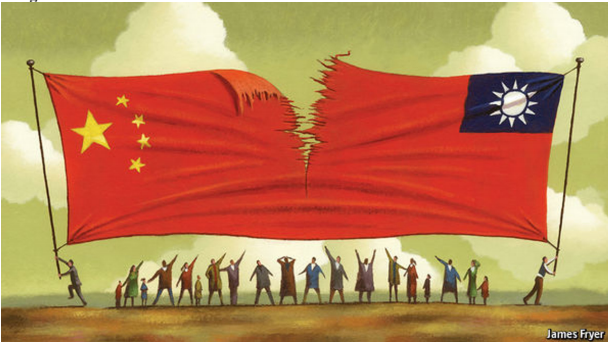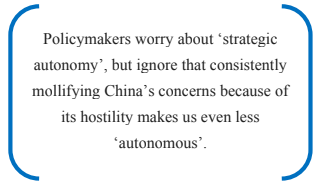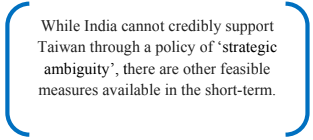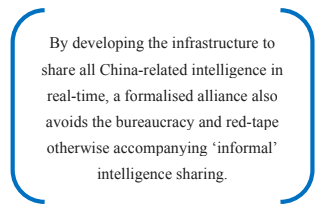Arnav Batra, Research Intern, ICS

China has a unique role in the world economy, with it being one of the most attractive places to do business which is clearly indicated by its status as the world’s largest exporter, the second largest recipient of FDI and the second largest consumer market. On the other hand, compared to other economies that seek to attract foreign investment, the economic setup for conducting business is very different, as China’s economic system is called a ‘socialist market economy’ to which some academics have referred to as ‘state capitalism’ or even just an unstable form of capitalism. The rise of Chinese economy in recent decades was driven by open market activities, and the Chinese economy has grown by a factor of several times largely due to becoming a ‘supply economy’, manufacturing goods meant for export, and also due to the burgeoning middle class in the country, and their rapidly growing consumer spending.

Since President Xi Jinping came to power, there has been a shift in the economy towards a larger role of the state, as has been evidenced by the central role of state-owned firms in the Belt and Road Initiative, and a growing shift of bank credit towards state-owned firms from private firms. This is also indicated by the assets of state-owned enterprises (SOEs) growing at double the pace of the national average pace of capital formation between 2012 and 2018.
An important indicator of the state’s growing demand for influence on the economy has been the change of legislation to make it compulsory to establish a Communist Party organization for its workers in each company, whether state-owned, private or foreign. The purported purpose of these are to fulfil the role of a trade union, arguing for workers’ rights and fair wages. No management or governing role for these party organisations has yet been formally specified in the company law of the PRC.
In the last four years, many SOEs, and even those listed in Hong Kong with a combined market capitalisation of several trillions of dollars have changed their articles of association to give key decision-making powers to these party organizations which are separate from the powers of the executives and the board of directors. At the end of last year, on 30 December, 2019, a landmark change took place, and a new regulation was put forward for the first time by the Central Committee of the Chinese Communist Party which formally requires every state-owned enterprise to recognise the role of the party organizations in its articles of association. According to the regulation, each important business decision must be discussed with the party organ before being approved.
At first glance, this does not seem like an alarming change, because it only strengthens the control of the state on the state-owned enterprises. But this is in contradiction of the Chinese government’s earlier commitment to implement a modern corporate governance system, which puts the board of directors at the helm, so that Chinese State Owned Enterprises can compete with foreign companies.
There are also some reports, mainly from Hong Kong that this change in the corporate governance of SOEs is against the wishes of private investors who even voted against these changes in the company meetings, and these changes in the articles of association of the state owned companies were approved only because the state holds the majority stakes. Some investors even say that the recent changes have just formalised existing party influence on the companies, which it had been exercising through channels such as private meetings with the company executives, and attractive financing for those companies which comply with the party wishes.

These changes hint at a growing tendency of the Chinese state to use companies as political weapons and take key decisions influenced not only by business strategies but also as geopolitical considerations, which has been evidenced in the recent tendency towards “debt-trap diplomacy”. In a prime example of this, Chinese SOEs have taken over Sri Lanka’s airport. These changes could lower the efficiency of Chinese companies, by forcing them to take decisions that they would not take on their own. It opens up room for discourse on the attractiveness as a place for doing business . It will be quite instructive to see till what extent the Chinese state is willing to give up economics for politics. The party’s push for control is not only isolated to SOEs, as some yet unconfirmed reports have suggested that the party is pushing for more influence even in private enterprises and foreign joint ventures by demanding an increased role of the party committees in internal decision making through changes in the articles of association. The attitudes of the Chinese officials indicate a growing desire for influence in private companies, and this implies that the Party Committees will eventually be instrumental in imposing Party will on the decision-making process in both private and state-owned companies. The role of the Party in the decision-making process of Chinese companies should be carefully considered by foreign investors who seek to invest in China, as they might find that their money is not directed towards their company’s best interests, but to further the cause of the state.



